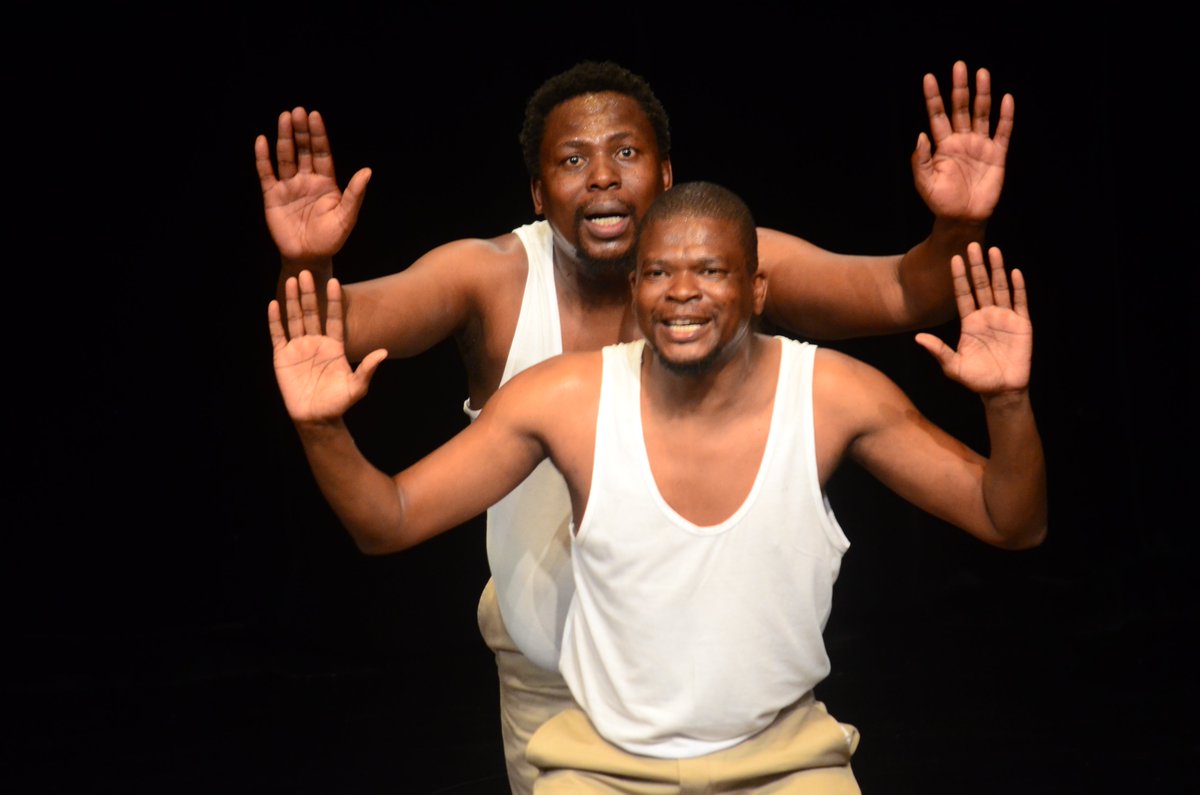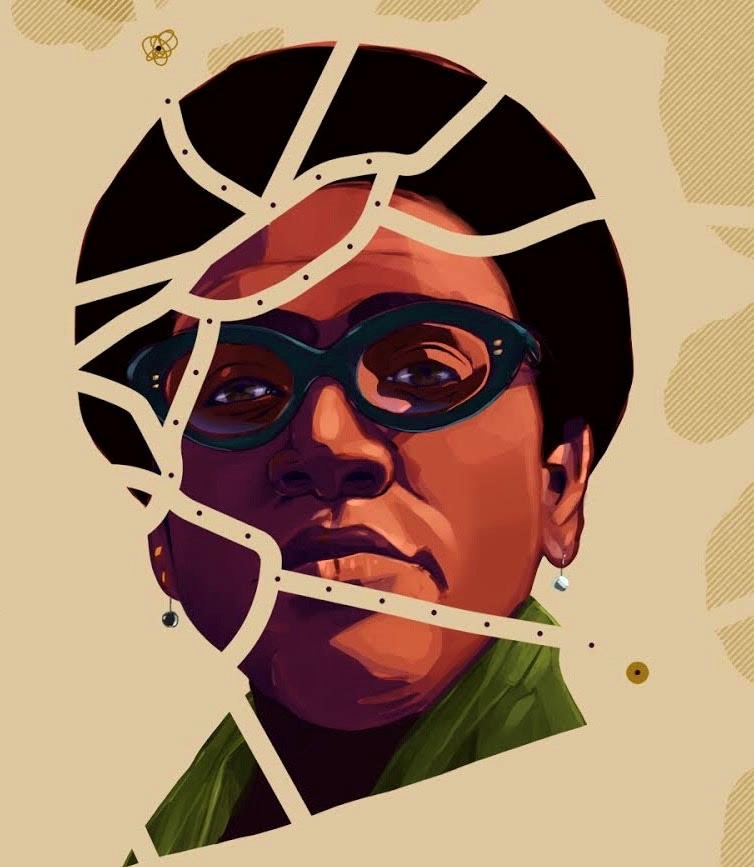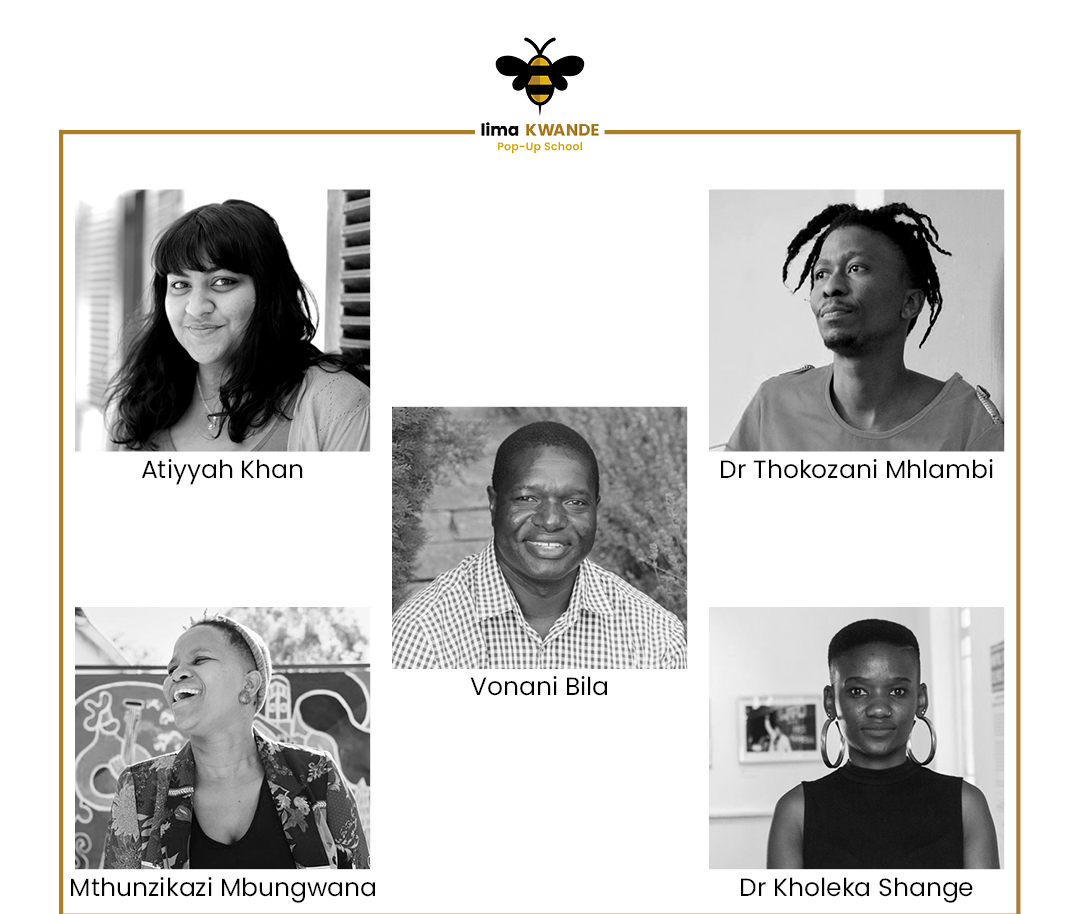My daughter recently asked me why I do yoga so much. Puzzled I realised that I spend two hours on the mat on most days and on tricky days I spend an hour minimum. What really fascinated me was her perception of WHEN I am DOING yoga. What was also intriguing was how she has been learning yoga in little lessons I have guided her through, one of my favourite being: Ahimsa.
Before the western practice of yoga turned it more physical than internal, a sage named Patanjali who wrote the Yoga sutras presented a system called Ashtanga yoga: Ashta means eight and anga means limbs. These are eight steps towards living a meaningful, happy and purposeful life. The first limb is Yamas which deals with restraints, attitude or universal morality. Sort of like commandments they enable one to start seeing yoga not just as something we engage when at the studio or ashram or on a mat but a way of being. Yamas have five aspects to them and the first is Ahimsa which means non-violence or harmlessness.
The reason I started teaching my kids about Ahimsa was because not only do I want them to be empathetic people able to care for those around them both plant and fauna, I also wanted them to understand that one doesn’t need to pledge an allegiance to yoga but can easily live by its principles. Another more long term reason is that I wanted to bring divinity into them and not as something removed that they needed to pray to in order to manifest goals and dreams. I taught them Ahimsa by asking them to share their left over sandwich crumbs with ants every time they finish eating then would ask them these questions:
“Do you think the ants appreciate the crumbs you share with them?”
“Do you think it would be wise for the ants to stop searching for food elsewhere and start waiting for you as only source of their food?
“Do you need the ants to pray to you to feel that they appreciate what you do every time you have crumbs?”
“Would you harm the ants if somehow you could sense that they weren’t praying to you and thankful for the food you share with them?”
These questions are playful ways meant to make them aware of how much they can help all creatures but also aware of the role care, empathy, awareness can play to the simplest of spaces. To be harmless doesn’t only begin when we are reacting but in our acts as well, we can note what our intention towards others are. This can aid towards them being sensitve to being on the receiving end of ill-treatment because they have been on the giving end of care. To give genuinely to others without thinking of it as a form of emotional bartering which we hold others to, is another goal of these little playful lessons on Ahimsa. Ahimsa isn’t only about what we do unto others but also the thoughts we carry within ourselves at any given moment because those negative thoughts are the room tone that adds to people not feeling at home in their bodies when confronted by stillness and so end up constantly seeking distractions. I have since introduced guided meditation to them where for five minutes I get them to lie down with eyes closed and bring their attention to their breath to make them aware of the thoughts their minds circulate. The goal being to help them be conscious of the sort of harm thoughts can have when left unattended to.
Yoga is quite fluid in its application so much so I found it in American history. Martin Luther King Jnr’s way of nonviolent resistance was inspired by learning about Ghandi’s form of resistance which interestingly was a principle guided by Ahimsa. The deeper I dig the more I realise how helpful this way of living has been not only to my mental, emotional and physical wellbeing, but also helped my awareness of how I treat everything from people to the bee captured on my fingers in prayer pose for this entry.





















